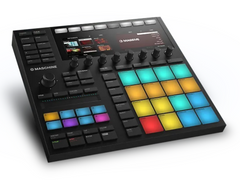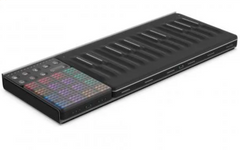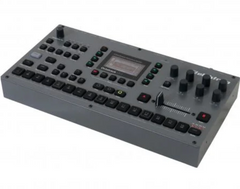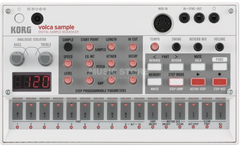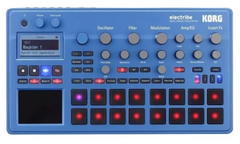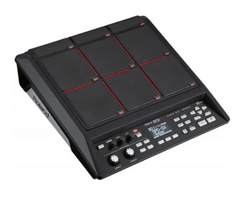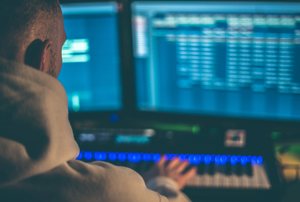The Role of Reverb and Delay in Creating Depth and Space in Your Mix
Music production is all about creating a sound that resonates with your listeners. A great mix can transport the listener to another world, but it takes more than just balancing the levels of the tracks to create a sonic environment that is immersive and engaging. Two of the most important tools in the music producer's arsenal for creating depth and space in a mix are reverb and delay. In this blog post, we'll explore the role of reverb and delay in creating depth and space in your mix.
What is Reverb?
Reverb is a type of effect that simulates the sound of an acoustic space. It is created when sound waves bounce off surfaces in a room, creating a series of reflections that give the sound its characteristic sense of space. In music production, reverb can be used to add depth and dimension to a mix. For example, adding reverb to a snare drum can make it sound like it was recorded in a large hall or cathedral, giving it a sense of grandeur and power.
Types of Reverb
There are several types of reverb, each with its own unique sonic characteristics. Room reverb is the most basic type of reverb, simulating the sound of a small room. Hall reverb simulates the sound of a large concert hall or auditorium, while plate reverb simulates the sound of a large metal plate that vibrates in response to sound waves. Spring reverb is created by running a sound through a metal spring, giving it a distinctive twangy sound. Each type of reverb can be used to create different sonic environments, from intimate and warm to vast and expansive.
What is Delay?
Delay is another type of effect that can be used to create depth and space in a mix. It works by repeating the sound signal after a set amount of time, creating an echo effect. Delay can be used to create rhythmic patterns and textures, or to add a sense of space and distance to a sound. For example, adding a short delay to a vocal can give it a sense of depth and make it sound like it was recorded in a large room.
Types of Delay
There are several types of delay, each with its own unique characteristics. Analog delay is created using a physical tape loop, while digital delay uses a digital processor to create the effect. Tape delay has a warm, vintage sound, while digital delay can be cleaner and more precise. Some delay plugins also have the option to modulate the delay time, creating a chorus-like effect that can add a sense of movement and depth to a sound.
Using Reverb and Delay Together
Reverb and delay can be used together to create more complex and immersive soundscapes. For example, using a long hall reverb with a short delay can create a sense of distance and depth, while using a short plate reverb with a long delay can create a sense of intimacy and warmth. The possibilities are endless, and the key is to experiment and find the combination of reverb and delay that works best for your mix.
Tips for Using Reverb and Delay
While reverb and delay can be powerful tools for creating depth and space in a mix, they can also be tricky to use effectively. Here are some practical tips for using reverb and delay in music production:
- Use EQ to shape the reverb and delay. By using EQ to cut or boost certain frequencies in the reverb and delay, you can tailor the effect to fit the mix and avoid muddiness or harshness.
- Set the right balance between the dry and wet signals. Too much reverb or delay can make the mix sound washed out or distant, while too little can make it sound dry and flat. Experiment with different levels until you find the right balance.
- Automate the effects to create dynamic changes in the mix. By automating the reverb and delay settings, you can create subtle changes in the depth and space of the mix over time, keeping the listener engaged and interested.
Conclusion:
In conclusion, reverb and delay are essential tools for creating depth and space in a mix. By understanding how these effects work and experimenting with different types and settings, you can create immersive, dynamic mixes that draw the listener in and keep them engaged. So next time you're mixing a track, don't forget to give your sound some room to breathe with the help of reverb and delay.

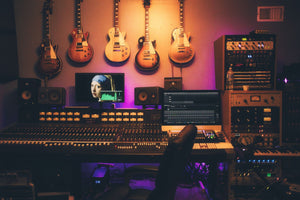


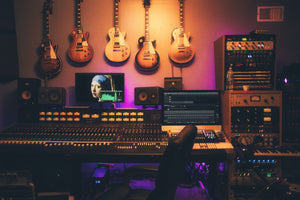


 Having a quality supply of Hip-Hop and LoFi resources at your fingertips can make a huge difference in your music production. That’s why so many beatmakers and music producers are calling upon some of the many sample and loop packs that are available in the marketplace in this genre. In today’s music industry, it’s a necessity to have fresh samples in your production.
Having a quality supply of Hip-Hop and LoFi resources at your fingertips can make a huge difference in your music production. That’s why so many beatmakers and music producers are calling upon some of the many sample and loop packs that are available in the marketplace in this genre. In today’s music industry, it’s a necessity to have fresh samples in your production. 







